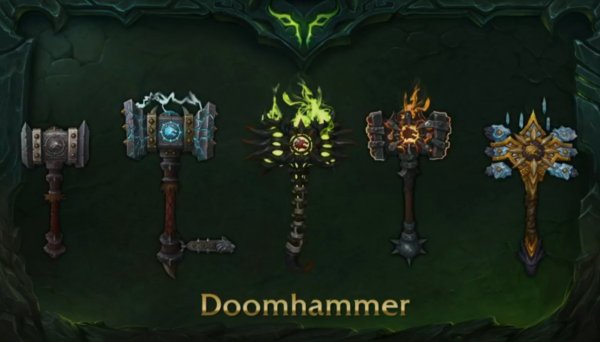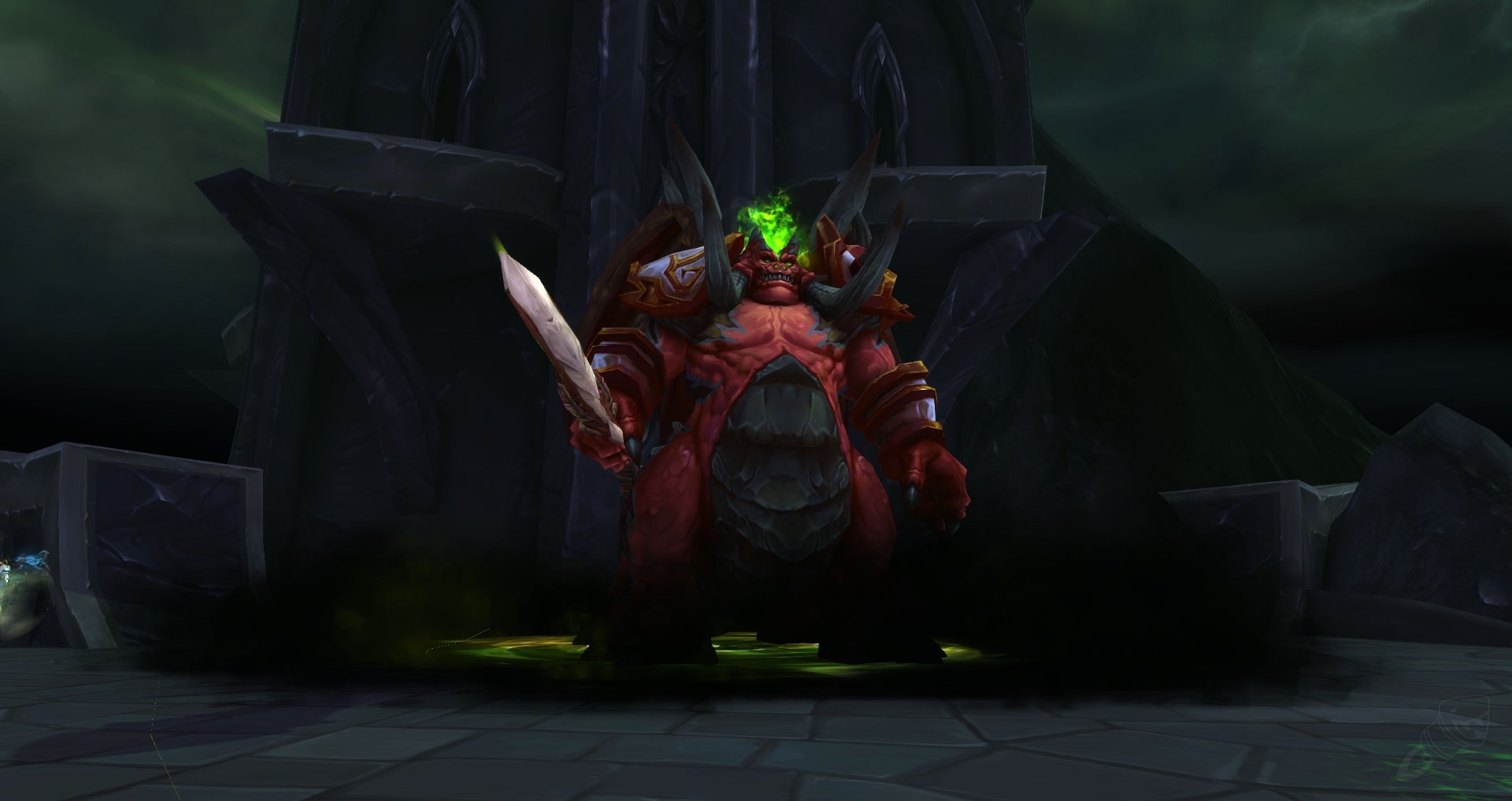

The simple story evokes profound and fundamental themes like survival, war, hunger, violence, law, justice, fear, greed, and predation. Francis encountered the wolf, he addressed it as Brother Wolf and protected the creature from reforming it. A wolf that had been doing great damage to the city of Gubbio was being hunted by the people of Gubbio. The Wolf at the Gate narrates the story of Saint Francis Assisi and how he saved the people of Gubbio from wolf menace. In Ancient Egypt, an archaic wolf god named Upuaut (or Wepwawet) was the offspring of Isis/Nephthys. In Northern China, the wolf symbolizes greed, rapacity, and cruelty.īut there is also an auspicious wolf meaning in China – a wolf in the form of the star Sirius guarding the Heavenly Palace. The inauspicious symbol vrika is also a wolf-like creature. In Hindu Vedic Literature, the wolf is associated with the night and darkness. For the Hindus, Lord Krishna created hundreds of wolves from his hair to frighten the people of Vraja into migrating to Vrindavana. In Buddhist and Hindu traditions, the wolf is the vehicle of deities, and particularly of Tibetan Gods. The wolf statute located at the site is referred to as O-inu-Sama – meaning the honorable dog.

This centuries-old cult is located on a remote mountain high above the clouds. The wolf is also a sacred animal of the Shinto Shrine in Mitsumine, Saitama Prefecture. Many artifacts recovered from the Usu area in Japan depict carved wolf symbols on them. The Ainu chief would sacrifice certain animals to send away their Godlike essences from their earthly bodies. In Japan, the Ainu tribe revered the wolf and used it in their sacred ceremonies. In the wolf dance, young men would visit nearby homes, dismount their horses, and dance around a particular home, howling like wolves. This sacred dance enabled groups of people to connect in a number of ways. The Natives also had a Wolf Dance – a marker of culture and belief. The hunters would then pray over the trapped wolf’s dead body, asking the wolf spirit to forgive them. Many of these trapping methods were gruesome and cruel. They set traps and pitfalls to capture them. He became the most respected band chiefs from 1860 to 1870. ( 2) The Kiowa tribe leader was called the Lone Wolf. Even after the Cherokees went on reservations and acquired government jobs, they still turned to the animal powers of the spirit world.Ĭhoctaw poet Jim Barnes also wrote his famous poem Four Things Choctaw as an homage to the wolf. The largest Cherokee Clan is called Aniwaya – which is the literal translation of Wolf Clan. The Cherokee and other Indian tribes had many legends, songs, and stories about wolves and wolf medicine. The warriors even went to the extent of wrapping themselves with wolf-skin to seek the anima’s strength and power.

The Cherokee Indians even had a group that called themselves the Wolf Soldiers – an organization that served as a defensive and protective association. The Native Americans regarded the wolf with respect and reverence. Today, the word “werewolf” immediately conjures up images of the actor Lon Chaney Jr.
#Different shaman wolf forms full#
This could have come from the urban legend based on a number of studies that indicate that the full moon does make people more violent. Later on, the popular culture brought about the concept of the werewolf – a man turning into a wolf on full moon night. The wolf symbol became the symbol of male aggression. By the 20th Century, the wolf became a symbol of a sexual predator, which could have come from the tale of the Little Red Riding Hood. It conjures up images of extreme poverty and hunger during the Great Depression.

The phrase wolf at the door is an attack on the obscene extremes of wealth and poverty. In America and Europe, the wolf at the door symbolizes the fear of hunger and starvation. Wolves also guide the dead and are closely linked to Hades – the God of the underworld. They are closely linked to light, sun, moon, and spirit. Wolves have also fascinated men since the early days because they look so similar to dogs – man’s best friend. Wolf symbolism is ambiguous, ranging from negative associations with darkness, aggression, and chthonic powers to positive wolf characteristics like curiosity, intelligence, playfulness, fierce protectiveness of their young, pack allegiance, formidable hunting skills, and clearly defined social structure. So, if you are wondering what do wolves symbolize, then read on! In reality, a wolf represents many different and interesting things that range from good to evil to even romantic and sacred. Wolf symbolism, thanks to pop culture, conjures up images of Lycans, shape-shifters, and feral dogs howling at the moon.


 0 kommentar(er)
0 kommentar(er)
